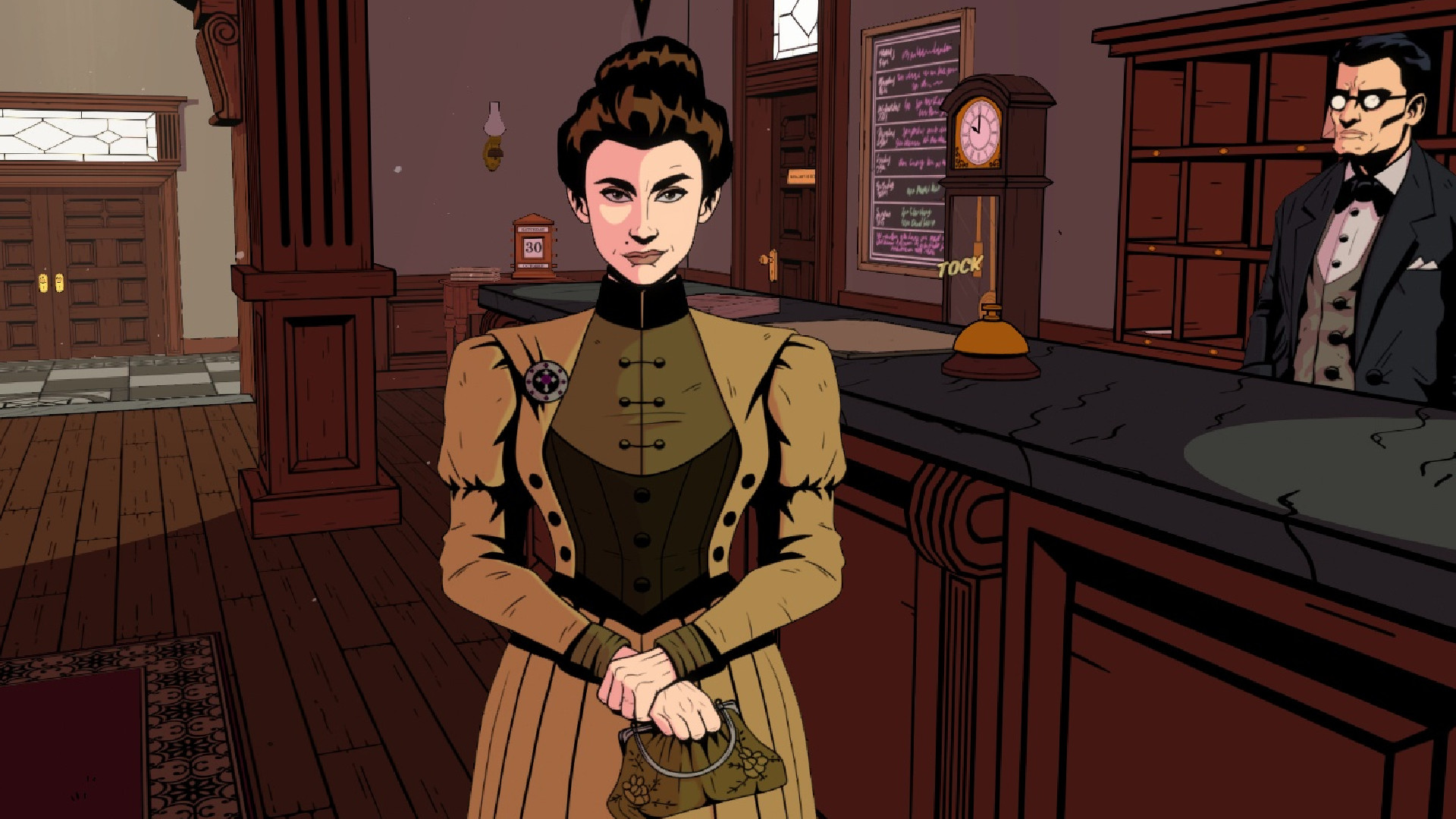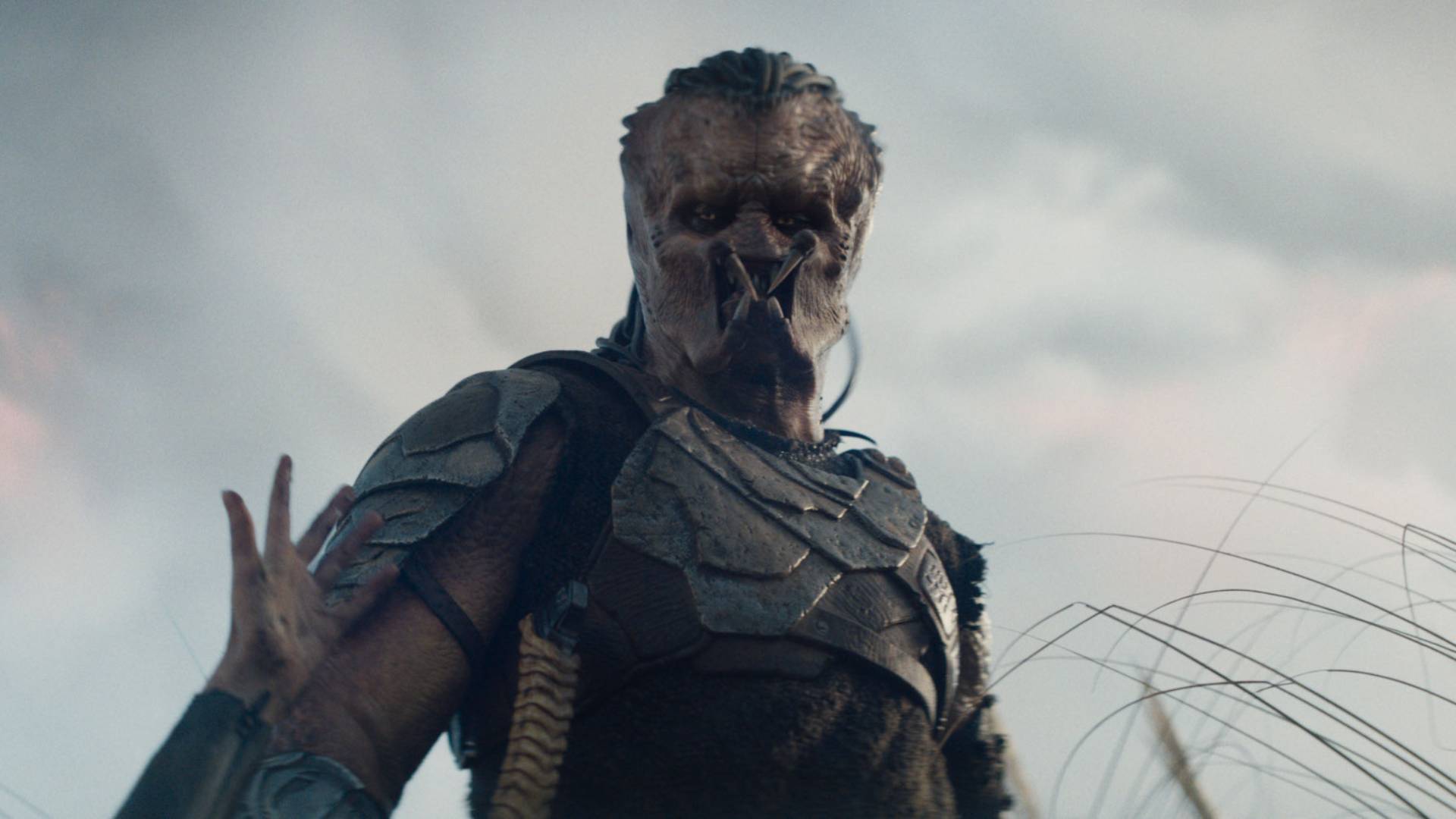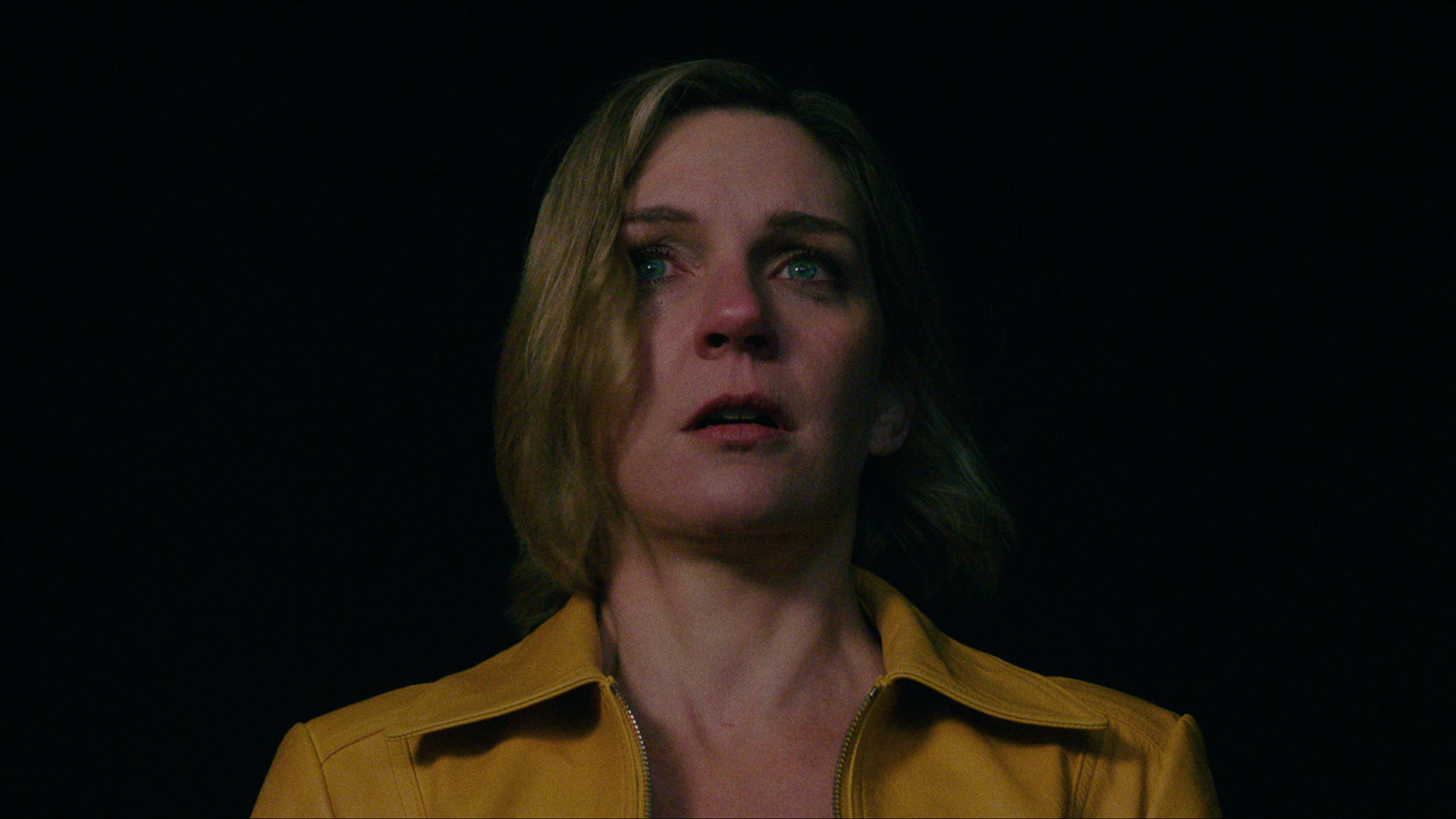The top Death Stranding 2 tips we wish we'd known before we hit the road
Build connections and secure your packages with the best tips for Death Stranding 2 we learned from the wasteland
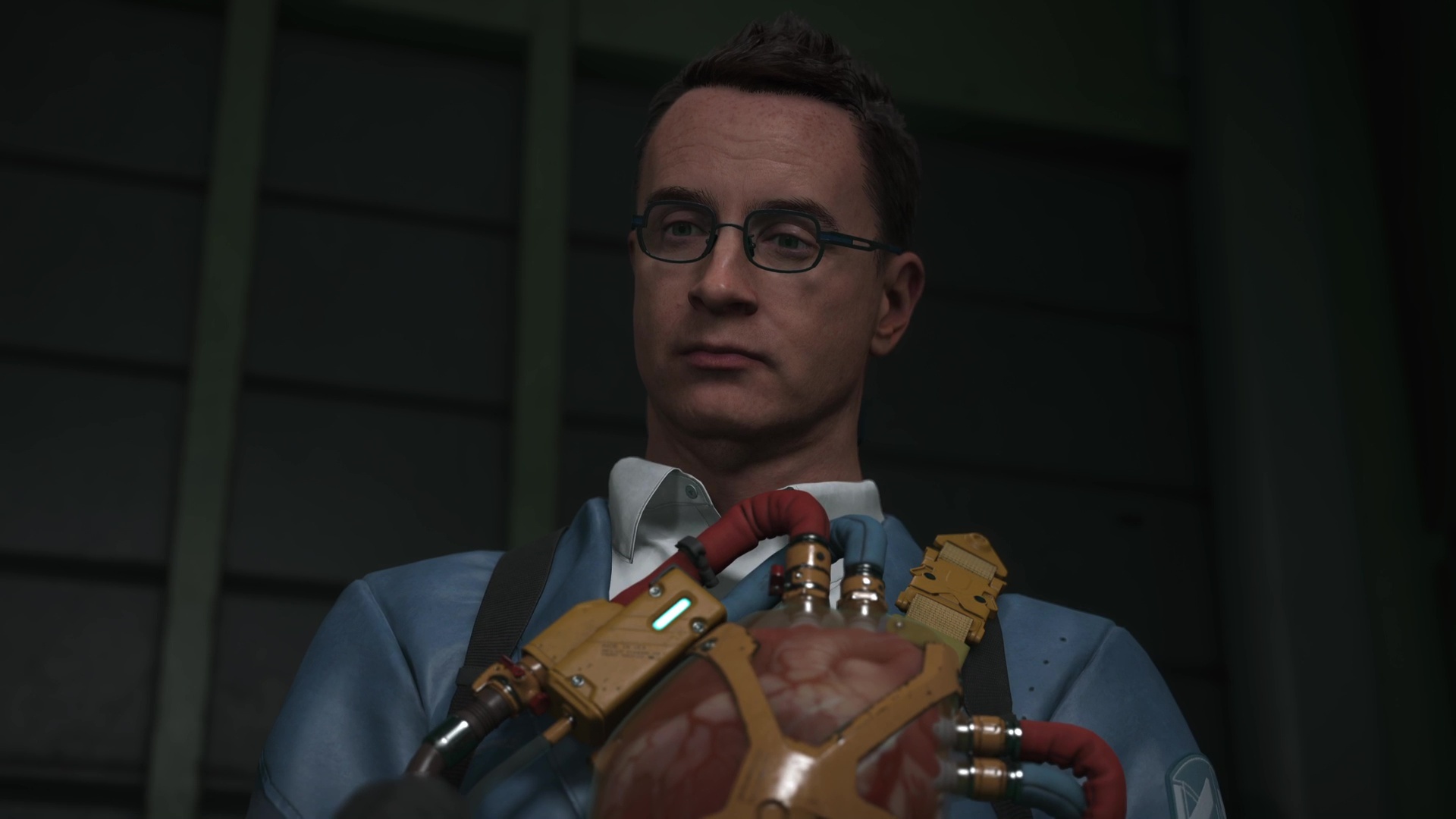
These Death Stranding 2 tips and tricks are a full list of all the advice we wish we'd known before we went out into the unknown with a backpack full of packages. Death Stranding 2 has a variety of systems at play, including combat against multiple enemy types. exploration, vehicles, and equipment loadouts. DS2 is a pretty nuanced game with a lot of little particular special elements that you'd have to find out yourself, at least until now!
With that in mind, I've collated the top Death Stranding 2 tips and tricks that will help both the newbie postman and veteran porters get to grips with the game and world alike. Some of this advice will help with combat or exploration and others with resource management, but ultimately this is how you master DS2 and get the parcels delivered on time.
Best tips and tricks for Death Stranding 2
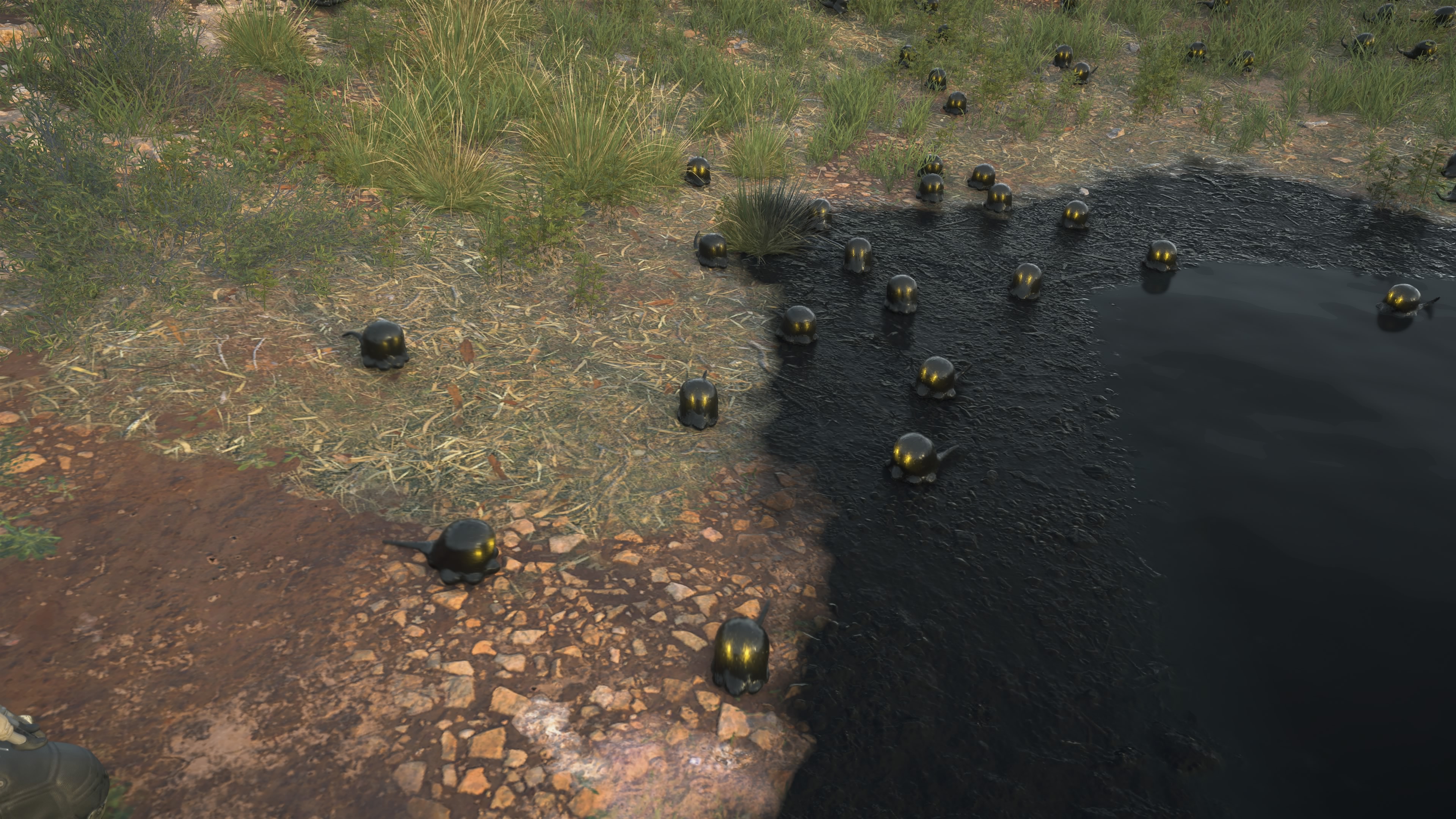
As Death Stranding 2 has so many diverse components, I've divided our essential tips to match the three major elements of the game: dealing with enemies, exploring and traversing the world, and advancing yourself and your gear. I'll summarize these points below, but go into more depth on them further on so you can be sure about understanding the particulars.
- Before enemy camps, you probably want to remove your backpack and tie it down
- If you have the weaponry, it's wiser to proactively hunt BTs in your way than sneak around them.
- Human enemies have very good sight, but less good hearing.
- There's a difference between a foe being tranquilized and knocked out
- Hitting people with your car is more effective than it probably should be
- You can spot structures on your map even if you haven't discovered them yet
- A flowing river is a dangerous thing, but a dried-up river is a great natural path
- There's almost no location that can't be hooked up to larger infrastructure
- Don't start building infrastructure until a region is hooked up to the Chiral Network
- The game will usually offer two routes somewhere – a shorter, more dangerous one, and a longer, easier one
- Settlement rewards tend to follow a theme, or develop on existing items.
- Once you reach Australia, focus on helping the Inventor and the Lone Commander
- Always check Post Boxes, including extracting their materials if you're in a vehicle!
- VR Training doesn't just give you refreshes, it teaches you essential mechanics
- It's much better to store materials in the Magellan than any outpost
Death Stranding 2 combat tips

These tips are all about fighting bandits, BTs and mechs alike, narrowing down the essential elements you need to know before you go to war with any foe, either in direct combat or utilising stealth to your advantage.
- Before enemy camps, you probably want to remove your backpack and tie it down. You can do this by holding down Triangle, then equipping your strand and interacting with the pack. This means you won't have to worry about cargo slowing you down or getting damaged in firefights, as well as not standing up so high that it impedes your ability to sneak. Just make sure you go and collect it again afterwards!
- If you have the weaponry, it's wiser to proactively hunt BTs in your way than sneak around them. Death Stranding 2 BTs are dangerous, and the last thing you want is to find yourself getting swarmed by them. If you're going through an area filled with ghosts and you have equipment that can harm them, it's usually better to actively clear them from your path rather than risk sneaking around them and maybe having to fight them anyway. Hitting a foe with a few Blood Grenades can probably end it before it manages to reach you, or sneak up with the Blood Boomerang and slit the umbilical cord to kill it from stealth.
- Human enemies have very good sight, but less good hearing. This is something that can't be emphasized enough: human enemies are really good at spotting Sam from a distance, especially in daylight. A gunman can be alerted by a creeping figure 100ft ahead, but their hearing is far less remarkable. Anything less than gunfire probably isn't going to alert many people, so being loud is far safer than being visually obvious.
- There's a difference between a foe being tranquilized and knocked out. Tranq guns are great for silently taking down foes – a headshot is an instant incapacitation if they're not wearing a helmet – but there's a difference between a tranquilized foe (marked by a ZZZ icon) and an unconscious ones (marked by a pair of stars), Tranquilized enemies will eventually wake up, and can be roused earlier by teammates who find them. Unconscious is better, so if you tranq a foe, the best thing you can do is creep up to their body and give them a kick to leave them unconscious.
- Hitting people with your car is more effective than it probably should be. It sounds cheap, but once you unlock the Off-Roader and attachable gun, clearing enemy and mech forces can become quite easy. The vehicle protects any cargo inside it, and running people over is something they're not very good at avoiding, and they rarely survive the impact. The attached gun also can pick them off, and even if it doesn't, it can stun and stagger them enough for you to run them over a moment later. It's a process so easy that it can feel a bit cheap, though there is a downside: any cargo they're carrying may get damaged under your wheels.
Death Stranding 2 exploration tips
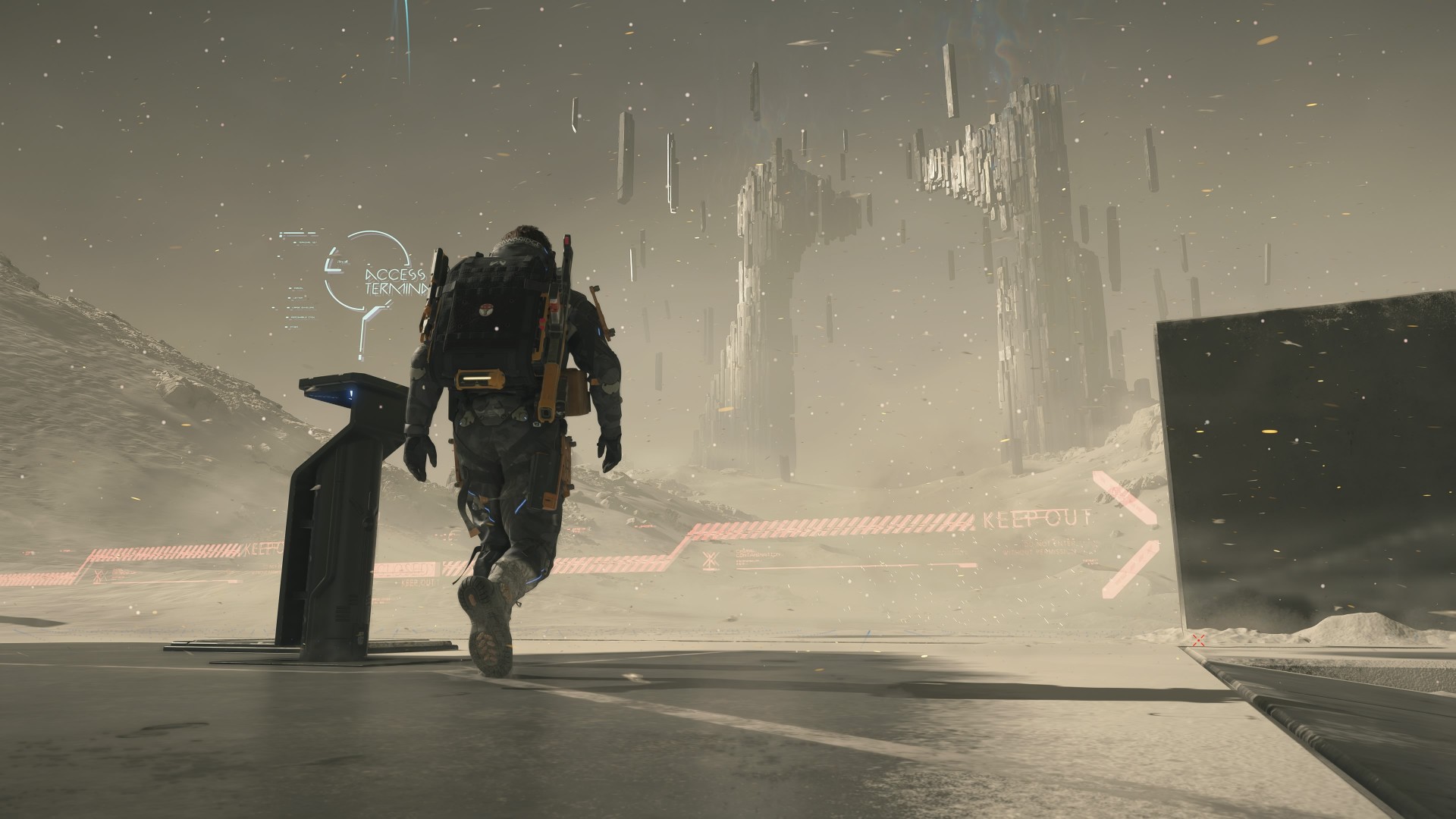
These bits of advice are more focused on exploration. If you find yourself struggling to easily reach target areas, or wondering how to find new locations of interest, these will help you.
- You can spot structures on your map even if you haven't discovered them yet. Certain optional locations and points of interest need to be discovered, but some of them, like mines, are already visible on the map. They won't have icons, but you can physically see the buildings on the 3D map layout and go check them out for yourself to see what's there. Look for man-made architecture to get a better sense of what's possible.
- A flowing river is a dangerous thing, but a dried-up river is a great natural path. Deep rivers are a risky thing that can sweep you away, damaging your equipment in the process. However, floods and droughts can change their size and depth, and sometimes dry them up altogether. This is a great chance to do jobs in those areas, as dried rivers make for natural, flat roads that are easily navigated on foot and using Death Stranding 2 vehicles.
- There's almost no location that can't be hooked up to larger infrastructure. The vast majority of bunkers, cities and delivery points in Death Stranding 2 can be connected to some sort of larger infrastructure, usually meaning either a road or a monorail track. If you can't find an access point, it's probably approaching it from an angle you're not expecting. That doesn't mean you have to hook them all up, but if you're working a lot in one area, it's probably a good idea. That being said…
- Don't start building infrastructure until a region is hooked up to the Chiral Network. You can use auto-pavers and rebuild monorail tracks with resources at any point, but once an area is hooked up to the Chiral Network, it means that NPCs and online players can contribute their structures to the area as well. If you rebuild prior to that point, you have to do all the work yourself, rather than sharing the effort – and to no real advantage. It's the same road either way.
- The game will usually offer two routes somewhere – a shorter, more dangerous one, and a longer, easier one. As a rule, taking the "as the crow flies" approach to wherever you want to go will put challenges and perils of some sort in your way. There's frequently a second viable route to where you're going – a path through the mountains or even around them – but one that will be a lot longer and less interesting. If you're struggling to deal with dangerous enemies and obstacles, look for a second, less obvious or direct approach. Finding the Death Stranding 2 Lone Commander is a good example of this!
Death Stranding 2 Resources and Advancement tips
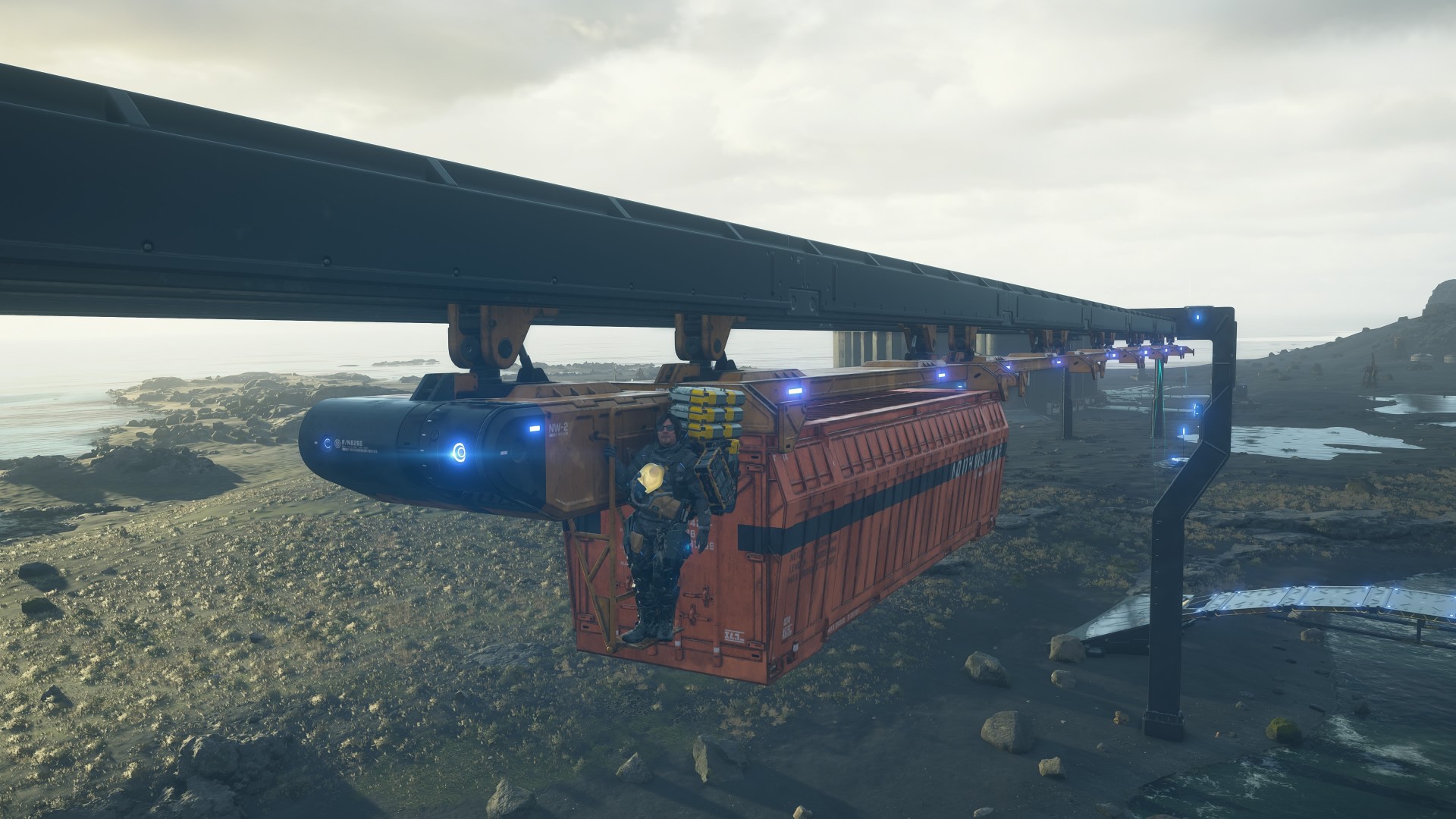
Finally, these tips and tricks are all about managing what resources and materials you have, acquiring better gear, and improving yourself and what you have to work with accordingly!
- Settlement rewards tend to follow a theme, or develop on existing items. Settlements and delivery points will give you new items as you improve your Connection Level with them, but these aren't random. The later rewards you get tend to be upgrades or variants of the earlier rewards – so, for example, if you get a basic model of assault rifle in your first job for a settlement, you might get a better version of it when you reach three or four stars with them!
- Once you reach Australia, focus on helping the Inventor and the Lone Commander. Both of these delivery points are optional, but have some incredibly good equipment to offer. Reach 5 stars with the Lone Commander and you can get a Silenced Tranquilizer Sniper Rifle, one of the best Death Stranding 2 weapons, particularly for long-range stealth combat. Reach 4 stars with the Death Stranding 2 Inventor, and you can get a Bola Stun Gun, a modified bola that immediately knocks out foes no matter where it hits them, not just the head.
- Always check Post Boxes, including extracting their materials if you're in a vehicle! Players can leave Post Boxes around for you to examine, but if you're driving, make sure you also tap them for raw materials. You probably won't get much out of them, but over time you'll get huge amounts of resources by keeping this practice going. This is especially important early on when you don't have access to mines for easy Death Stranding 2 material farming.
- VR Training doesn't just give you refreshes, it teaches you essential mechanics. New VR training programs, accessible via your private rooms, open up throughout the game, but these aren't just chances to practice. They teach you fundamental and periphery systems that you aren't going to have fully explained otherwise, especially when it comes to strange or unique equipment. Make sure you go back regularly to see if there's anything you don't understand.
- It's much better to store materials in the Magellan than any outpost. You can store raw materials in any settlement, but it's far better to store them in the Magellan - a ship-like vehicle you unlock later in the game - which can be sent to any major location after a certain point in the story. This way it effectively acts as a floating source of materials that can be accessed nearly anywhere, rather than forcing you to transport resources in bulk across long distances.
Along with these tips to help you along on your adventure, we've also got guides covering two very early choices: setting your Death Stranding 2 birthday and deciding how to handle the Death Stranding 2 "I won't do it" choice.
Weekly digests, tales from the communities you love, and more
© GamesRadar+. Not to be reproduced without permission.

Joel Franey is a writer, journalist, podcaster and raconteur with a Masters from Sussex University, none of which has actually equipped him for anything in real life. As a result he chooses to spend most of his time playing video games, reading old books and ingesting chemically-risky levels of caffeine. He is a firm believer that the vast majority of games would be improved by adding a grappling hook, and if they already have one, they should probably add another just to be safe. You can find old work of his at USgamer, Gfinity, Eurogamer and more besides.
You must confirm your public display name before commenting
Please logout and then login again, you will then be prompted to enter your display name.
